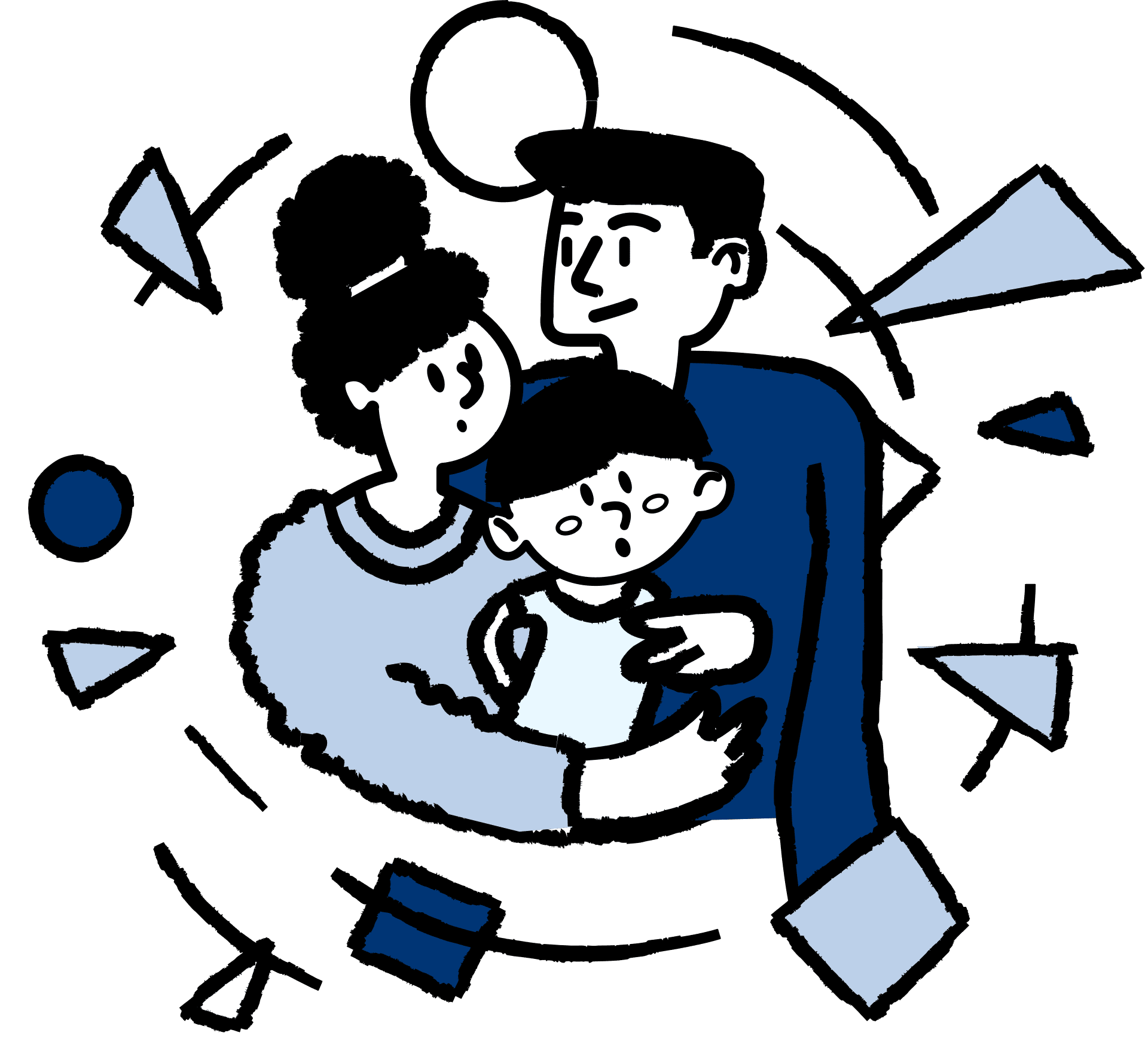Understanding domestic and family violence
This page is currently under review and the content will be updated soon.
Domestic & family violence is abuse by one person towards their partner, girlfriend/boyfriend or spouse. If your partner’s actions make you feel afraid, powerless or unsafe, then you are experiencing domestic & family violence. This can happen during the relationship and after you have separated.
Children who see, hear or sense this violence are also affected, and it is a form of child abuse. Domestic & family violence is a crime, and the person who uses violence is breaking the law. In domestic & family violence, the abusive partner uses their power to intimidate, threaten or harm the other person to get what they want. This may include possessiveness; control; limiting how the other person can behave; or putting them down. They often enforce secrecy and isolation so that those outside the family do not become aware of their violence.
Domestic & family violence is not always physical. Non-physical forms of abuse include but are not limited to: emotional abuse, financial abuse, verbal abuse, social abuse, threats of physical harm, sexual abuse and rape, stalking, and spiritual abuse.
Non-physical forms of abuse can be just as damaging as physical assault. If you do not feel respected or able to be yourself in a relationship; if you are afraid to disagree or negotiate what you want, this is a sign of domestic & family violence. If you realise this is happening to you, talk to someone and get help as soon as possible.
Who does it affect?
Anyone can experience domestic and family violence. It happens across all communities, ages, cultures and sexes. Over 90% of victims are women, although men can also be victims.
If someone who has a close personal relationship with you makes you feel afraid, powerless or unsafe, or if you are afraid to disagree or negotiate for what you want, this may be a sign of abuse.
All individuals have the right to be free from violence. If you are experiencing abuse, it is not your fault, it is the abuser who is responsible. Domestic and family violence is a crime.
Download our domestic and family violence factsheet.





